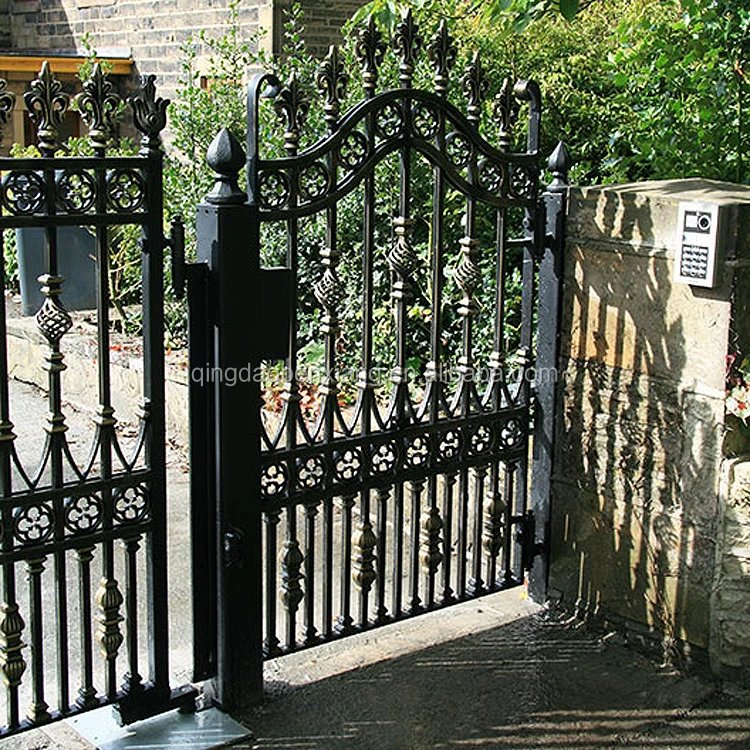
2024/09/14
Surfacing welding is the process of applying a layer of metal to the surface of a part by welding. It is an important and economical means of manufacturing and repair in the machinery manufacturing industry. The purpose is to make the surface of the parts have special properties such as wear resistance, heat resistance, corrosion resistance of the fused metal, or to restore or increase the size of the parts. The alloys used for surfacing welding can be summarized into several types, such as iron base, nickel base, cobalt base, copper base and tungsten carbide. Among them, the toughness and wear resistance of iron surfacing alloy are well matched, which can meet many different requirements, and the price is low, and the variety is also more, so the most widely used. Nickel based and cobalt based surfacing materials are mainly used for occasions requiring high temperature wear and corrosion resistance. Tungsten carbide based surfacing materials are relatively expensive and are mainly used for workpieces that are resistant to severe abrasive wear. At present, surfacing welding has been widely used to strengthen and repair the surface of rolls, wheel rim, crankshaft, tools, molds and so on. In the die edge surfacing welding, the hot forging die, hot shear die edge is generally surfacing cobalt base alloy, cold shear die edge is surfacing nickel base or containing nickel base alloy, the effect is very obvious. If the hot work mold is manufactured by surfacing welding process, good toughness can be selected. Low priced steel or steel as substrate.

Thermal spraying technology is a surface processing method that uses a heat source to heat metal or non-metal materials to a molten or semi-molten state, blows them into tiny particles (atomization) with high-speed air flow (in the spray gun), and jets them to the surface of the workpiece to form a firm covering layer. This method can make the workpiece surface obtain a variety of hardness, wear resistance, corrosion resistance, oxidation resistance, lubrication and other special physical and chemical properties. Many materials (metal, ceramic, plastic, cement, gypsum, wood, etc.) can be sprayed on the surface. In order to improve the bonding strength of the spray layer and the base material and reduce the porosity of the coating, the spray layer can be heated to melt by a heat source, so that the molten alloy of the spray layer and the base material metal are miscible and diffused to form a metallurgical bonding similar to brazing. This process is called spray welding, and the resulting coating is called the spray welding layer.